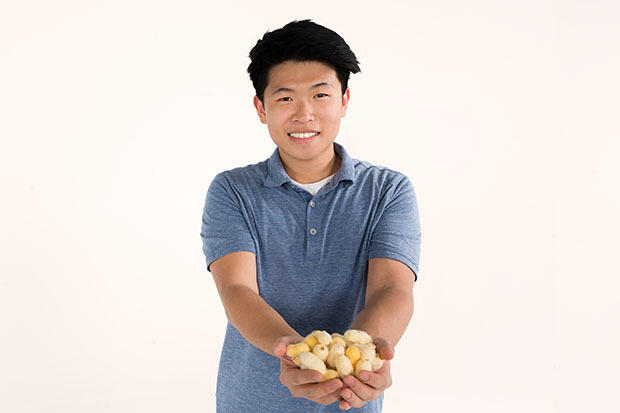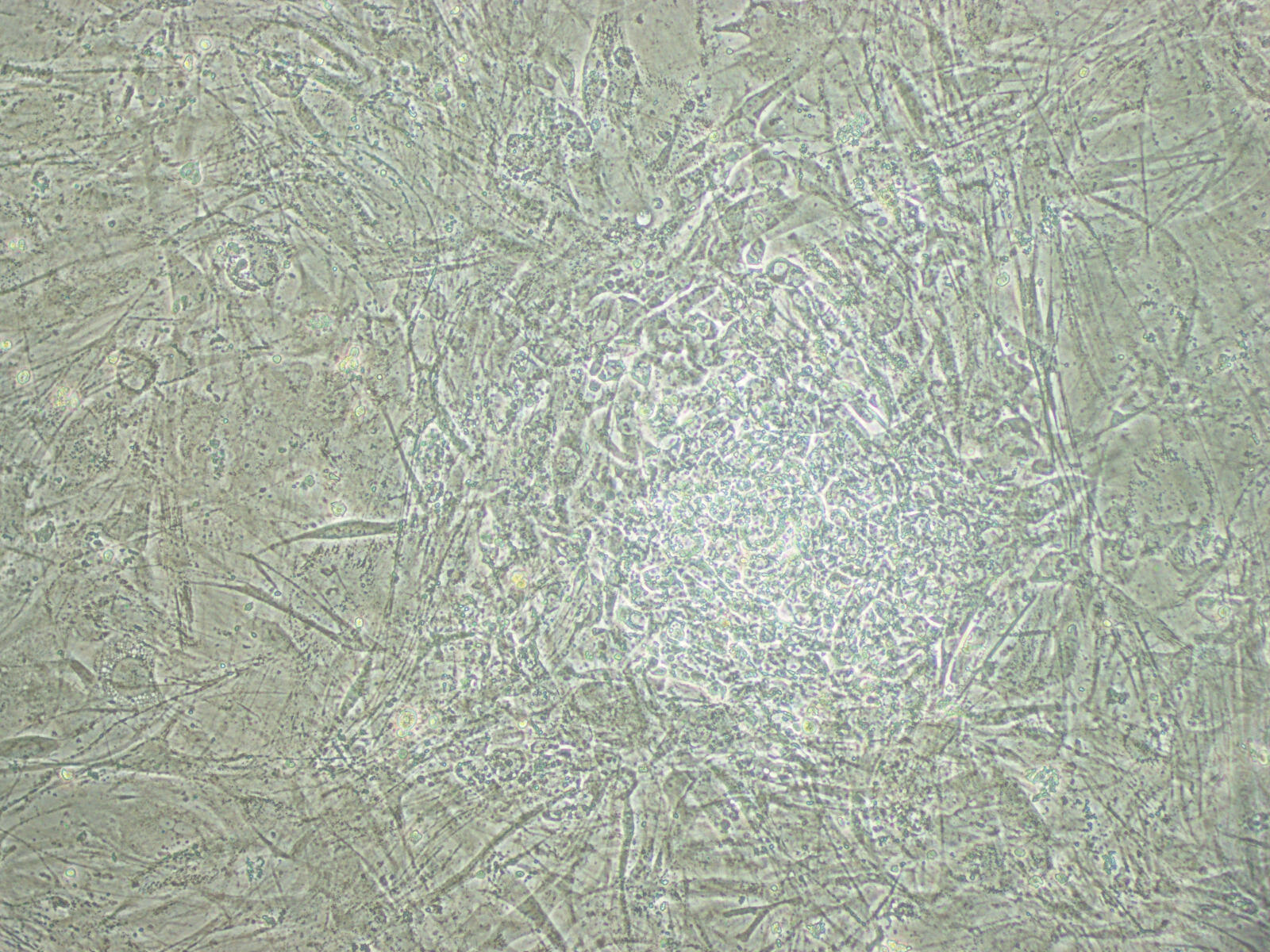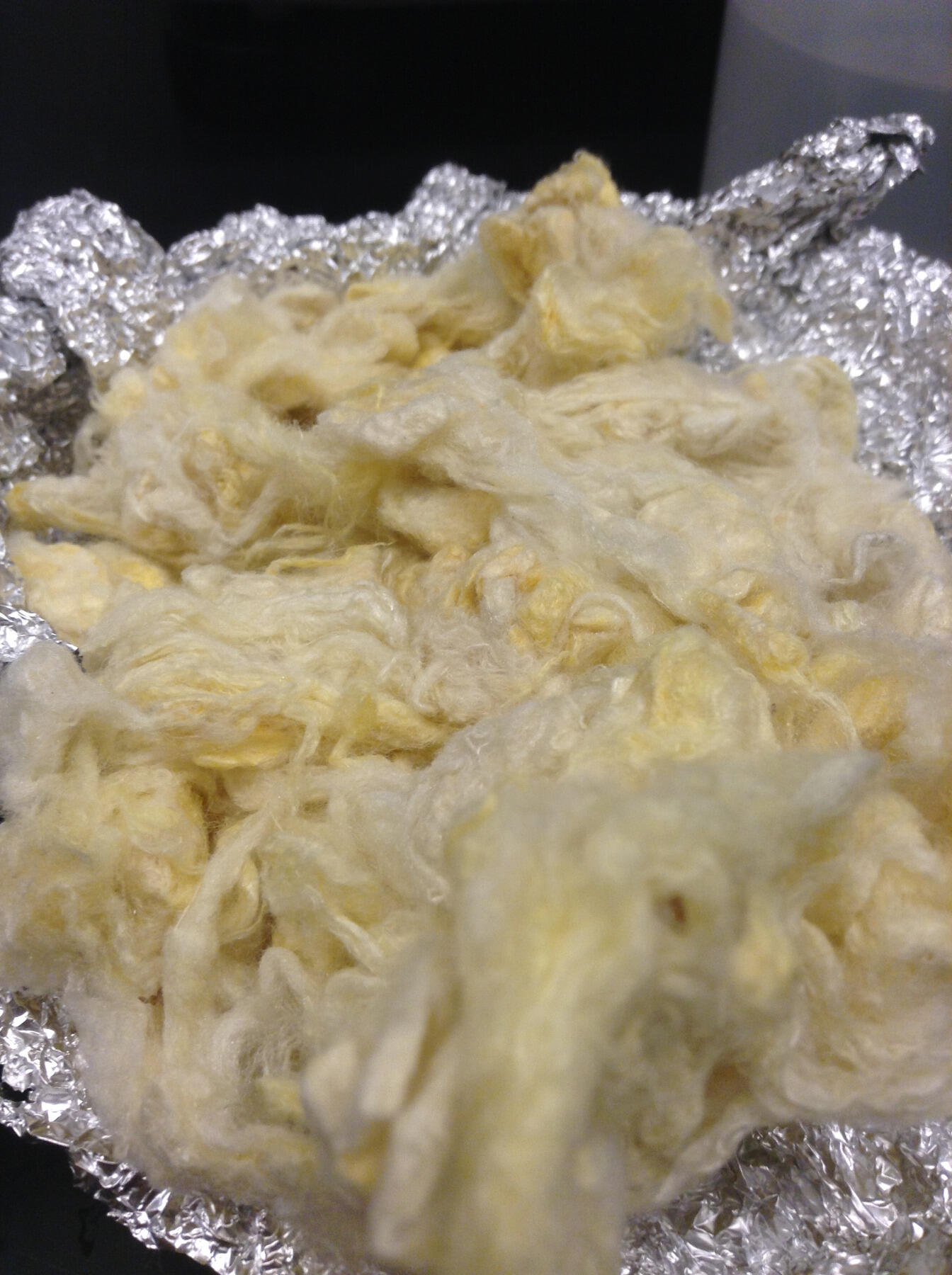
April 13, 2016
Real research: Alexander Ip is studying how the silk from silk moth cocoons can be used to make a structure for growing stem cells
Share this story
Alex Ip knew he wanted to study stem cells when he was a sophomore in high school in Northern Virginia. It was 2009, and the FDA had just approved using embryonic stem cells in the first human clinical trials.
“The promise of literally being able to grow any type of cell from one stem cell just shocked me,” Ip said. “I was like, ‘Wow, this is cool.’” Fast forward seven years and Ip, a junior biology major in the College of Humanities and Sciences and Honors College student at Virginia Commonwealth University, is doing exactly that.

Through VCU’s Undergraduate Research Opportunities Program, he started his research project last summer studying the process of making three-dimensional silk fibroin-based scaffolds, a relatively new platform on which to grow stem cells. Raj Rao, Ph.D., associate professor in the Department of Chemical and Life Science Engineering, is his mentor.
|
Research Weeks Each spring, VCU shines a spotlight on student research during Research Weeks, a series of events that takes place on both campuses and covers a wide range of disciplines. In honor of Research Weeks, we’re sharing the stories of six undergraduates who’ve had the chance to do meaningful and creative projects thanks to the Undergraduate Research Opportunities Program. See more stories by clicking on links in the “Related stories” section or learn more about the lineup of events for this year’s Research Weeks. |
It’s a good fit for Ip, who is on track for medical school. “Students on the pre-med track are interested in doing research in my lab because what we do really is the future of personalized medicine,” Rao said. Rao’s lab is focused on human pluripotent stem cells, which are used to grow any of the 200 different cells that constitute the human body. By incorporating them into the silk matrices, the cells can be proliferated and then used for clinical applications that involve curing any type of disease.
In the lab, Ip works in three stages: proliferating the stem cells to get them ready to be transferred to the silk substrate, creating the silk substrates and then transferring the cells to the substrates to see what happens. He started with neural progenitor cells, but in the fall transitioned to working with embryonic stem cells, which can generate a broad spectrum of cell types — heart cells, brain cells and cells involved in the immune system.
The silk he’s using is from Bombyx mori silkworms obtained from a farm in Oregon known for their humane treatment and harvesting. The silk is widely known to be highly tensile and biodegradable. It is also xeno-free, meaning it is devoid of human or animal components — a sort of blank slate for new cell growth.
“You’re able to grow cells on them and eventually you can translate them into clinical applications and know for sure that they aren’t going to secrete any extra things that you can’t account for and that the body will try to fight off,” Ip said.

To make the substrate, he boils down the cocoons in a chemical bath and freeze-dries the aqueous solution that can become foams and films.
Foams are 3-D substrates and are better at mimicking in vivo conditions (inside a living organism). He’s also developing 2-D films. “We’re doing both ways just to measure efficiency of growing these cells on top of versus embedding inside the silk substrates,” he said.
Ip has followed specific protocols for this type of work, but he’s also had to improvise. The silk cocoons he’s working with do not contain a specific protein, RGD, that’s important for adhesion. “I had to make modifications to the protocol so I could learn how to tether this RGD protein onto the silk substrate and increase adhesion,” he said.
This has been Ip’s first time working in the lab, and it’s been a bit of a trial by fire. He credits Dr. Rao’s teaching style for getting him past hurdles as a first-time researcher. “He realizes it’s a process that requires a fair bit of planning and also looking constantly at the literature to see what kind of research is being done elsewhere and how that can really help him fine-tune his specific project,” Rao said. “I think he’s grown exponentially.”
As far as preparing him for medical school, Ip is learning the patience and perseverance that comes with research work, but also very much applies to caring for patients and making accurate diagnoses. He also talks about potentially specializing in cardiothoracic surgery. “It ties in with stem cells — they can be used to make heart cells and different cardiac cells,” he said.
Subscribe to VCU News
Subscribe to VCU News at newsletter.vcu.edu and receive a selection of stories, videos, photos, news clips and event listings in your inbox.













